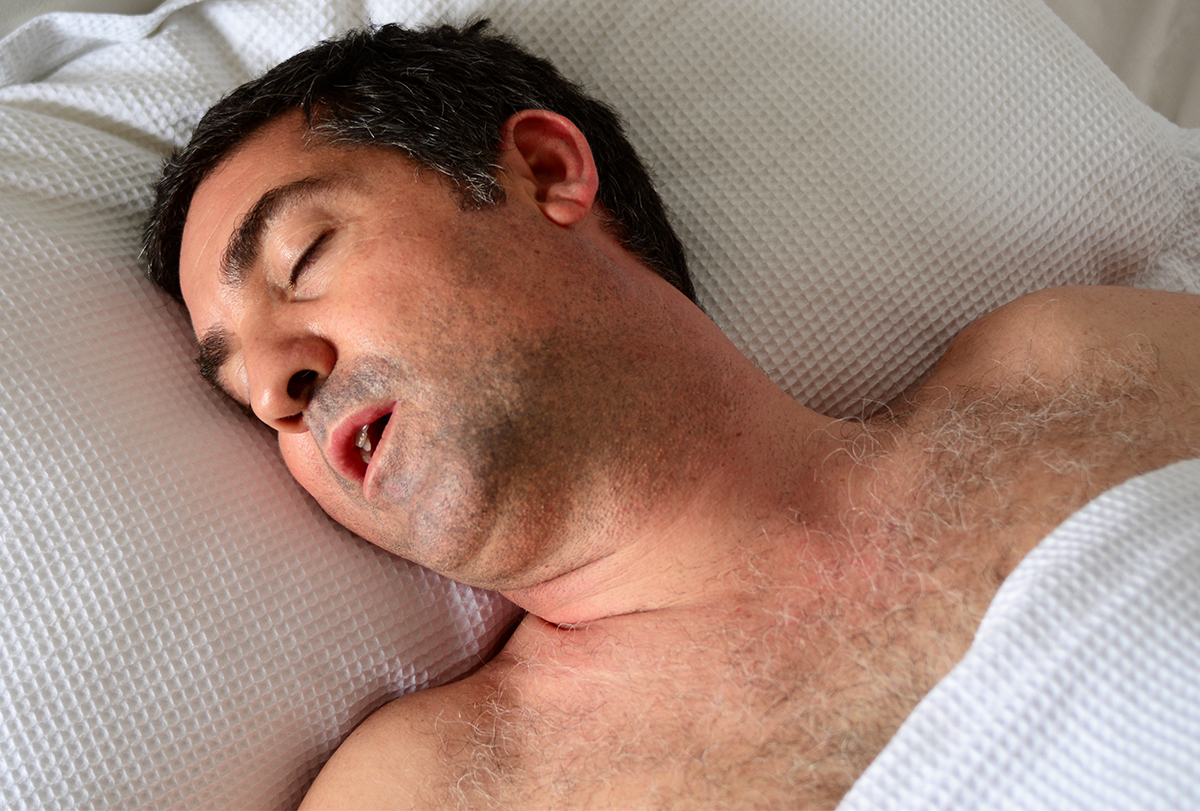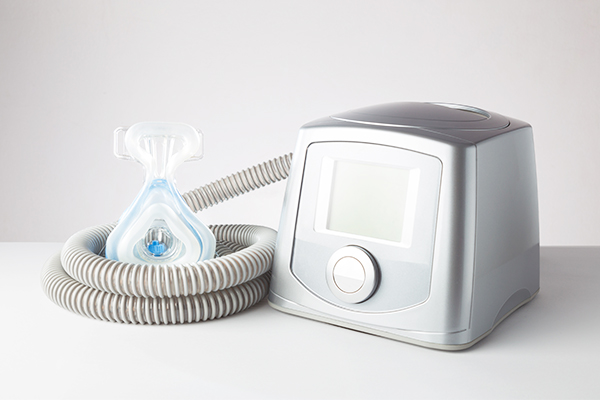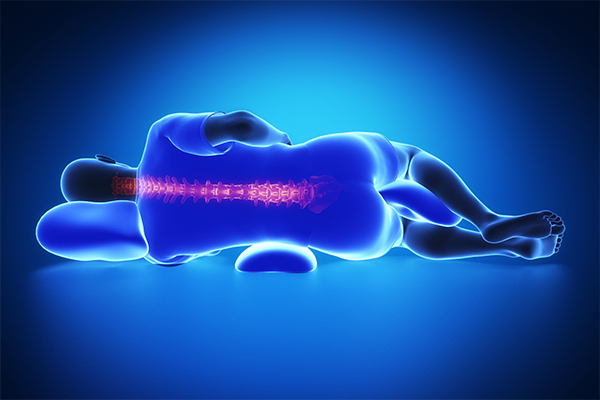In this article:
Obstructive sleep apnea is a condition caused by the collapse of the airway at night while asleep.

In people with obstructive sleep apnea, the muscles relax during the deeper stages of sleep especially. As a result, the jaw and tongue fall back, causing the airway to close either partially or completely.
Depending on how frequently this happens, affected individuals are classified as having mild, moderate, or severe sleep apnea. (1) This article sheds light on the pathology of sleep apnea and presents some easy and effective ways to deal with it.
How Common Is Sleep Apnea?
Nearly 22 million Americans suffer from sleep apnea, of which many are even unaware of their condition. (2)
Causes of Sleep Apnea
Sleep apnea has a genetic component and having a large neck or being overweight can contribute to its development. However, sleep apnea is mostly a developmental and anatomical problem.
The tongue is simply too big for the space that is there for it. This can happen because of an underdeveloped palate and mandible or an enlarged tongue or both. (3)
Symptoms of Sleep Apnea
Common symptoms of sleep apnea are snoring, daytime sleepiness and fatigue, waking up feeling unrefreshed, morning headaches, and low energy.
In addition, a lot of medical conditions are associated with sleep apnea, including (4) high blood pressure, increased risk for stroke, depression and anxiety, weight gain, diabetes, atrial fibrillation, low testosterone levels, and erectile dysfunction.
People with more severe sleep apnea are at a higher risk for developing these medical comorbidities.
Treatment for Sleep Apnea

The most common treatment for sleep apnea is a continuous positive airway pressure (CPAP) machine. This machine blows air through a hose into a mask that the patient wears on their face and this air pressure maintains an open airway.
The machine is very effective. However, it has low compliance as many patients cannot tolerate it. It can be uncomfortable for some and hard to get a seal for others. Some patients feel claustrophobic or restricted with it in place. (5)
An alternative treatment that we provide in our practice is an oral appliance. This is a custom-fitted appliance that fits on the top and bottom teeth and stabilizes the jaw in a forward position, keeping the airway open.
Other surgical options include jaw surgery to reposition the jaw, different throat surgeries, or even hypoglossal nerve stimulation, which uses an implanted device. (5)
Managing Sleep Apnea Naturally
Since sleep apnea is an anatomical problem, you will find it difficult to treat it naturally, but there are things you can do to make it less severe and more manageable. (6)
1. Weight loss
As people gain weight, they tend to gain more in some spots more than others, but usually weight is also gained in the neck and tongue.
This added mass in the neck and tongue is more impacted by gravity and creates a higher likelihood of collapse once the person is asleep and the muscles relax, especially during REM sleep when the muscles are completely paralyzed.
Studies show that a neck size greater than 16.5″ for a male and 15″ for a female increases risk for obstructive sleep apnea. (7)
2. Positional therapy

Sleep apnea is typically worse for people who sleep on their back. In this position, gravity can have a bigger impact on the jaw and tongue falling back into the airway.
Some mattresses are made to be able to elevate the head, which can help. An alternative to an expensive new bed could be a bed wedge that goes underneath the mattress to help elevate the head.
There are also products such as the SlumberBump and the tennis ball T-shirt, which aim to train patients to sleep more on their side, which can minimize the number of apneic events that they have.
3. Myofunctional therapy
Myofunctional therapy is similar to physical therapy, but it targets the muscles of the mouth, specifically the tongue. This exercise program can help train the mouth muscles and tongue to have a better and more forward posture.
The more a patient can keep their tongue up and forward (in the palate), the better their breathing will be. However, studies are mixed on whether or not it continues to help once the patient is asleep.
4. Orthodontics
There are orthodontic appliances that aim to widen or expand the palate and straighten crowded teeth. The goal of this therapy is to open up the airway and create more tongue space.
The benefit of this therapy is that once done if successful, the patient would not need to wear an appliance or a CPAP every night. However, success rates vary and may not work for more severe cases.
5. Sleep hygiene
Regardless of treatment, good sleep habits are very important. Making sure to get at least 7.5 hours of quality sleep every night should be the goal. It’s helpful to not drink caffeine after noon and not to consume alcohol within 3 hours of going to bed.
In addition, a cool, dark, and quiet room creates a better sleep environment. It’s also helpful to turn off the TV, phone, or iPad an hour before bed as the blue light can also affect sleep quality.
ALSO READ: 10 Natural Ways to Promote Good Sleep
Risks Factors for Sleep Apnea

Some things that can increase the risk of developing sleep apnea. Obviously, being overweight or obese can make you more likely to have apnea. (8) In addition, sleeping on your back often worsens it.
Other things that can increase your risk for sleep apnea are anything that causes depression of the central nervous system and muscle relaxation. (9) The use of alcohol or muscle relaxants, for example, can make sleep apnea worse.
When to See a Doctor
If you snore or have any symptoms of sleep apnea, it is recommended to get a sleep study done.
Most often, doctors will refer you to a board-certified sleep physician who can evaluate you and order a sleep test. These tests were traditionally done in a lab setting, but the latest technology has made home testing possible with Home Sleep Test.
Treating your sleep apnea early can help you avoid many medical conditions and add years to your life!
Final Word
Sleep apnea is characterized by periods of obstructed breathing during sleep. This respiratory distress can jolt you out of your slumber or cause frequent disturbances that can leave you utterly sleep deprived.
If left untreated, the problem can become severe. The cutting off of oxygen supply in the middle of sleep can overburden your heart and put you at an increased risk of high blood pressure, heart failure, and stroke.
Thus, early diagnosis and treatment are the best way to limit the worsening of the disease and avoid such life-threatening complications.
- Was this article helpful?
- YES, THANKS!NOT REALLY


